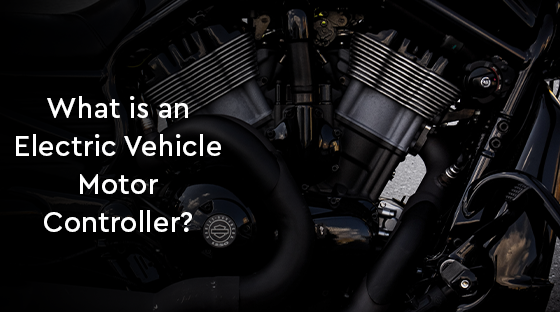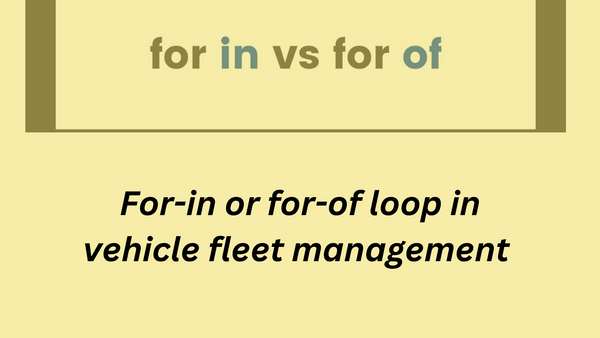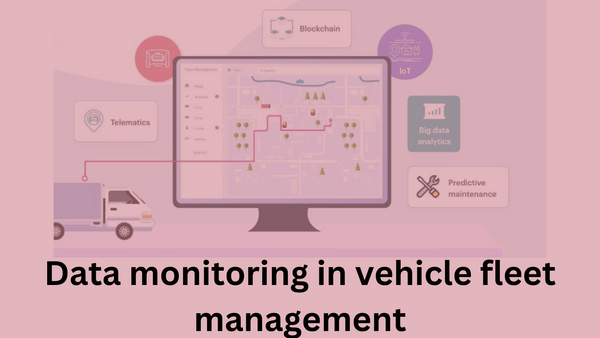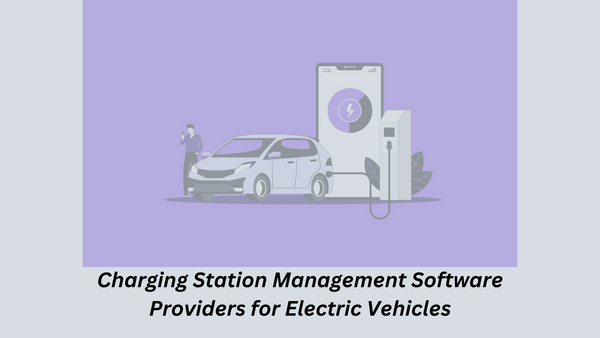Electric Vehicle Motor Controller
Hello people. This article is about electric vehicle motor controller.
What is an EV Motor Controller?
It is a device which improves the performance of an electric motor. It is a machine that is used to regulate the torque generated by the motors of electric vehicles. It does so by means of modifying the energy flow from the power sources to the motor. Motor controllers can include an automatic or manual means for starting or stopping the motor. It can choose forward or reverse rotation, can select and control the speed, can modify or limit the torque of the EV motor.
Are you looking to start your business in the electric vehicle industry? We provide software development, web application development, mobile application development, charging stations management app, electric vehicle fleet management software development, cyber security and all software services. Please check our home page here https://iwheels.co/
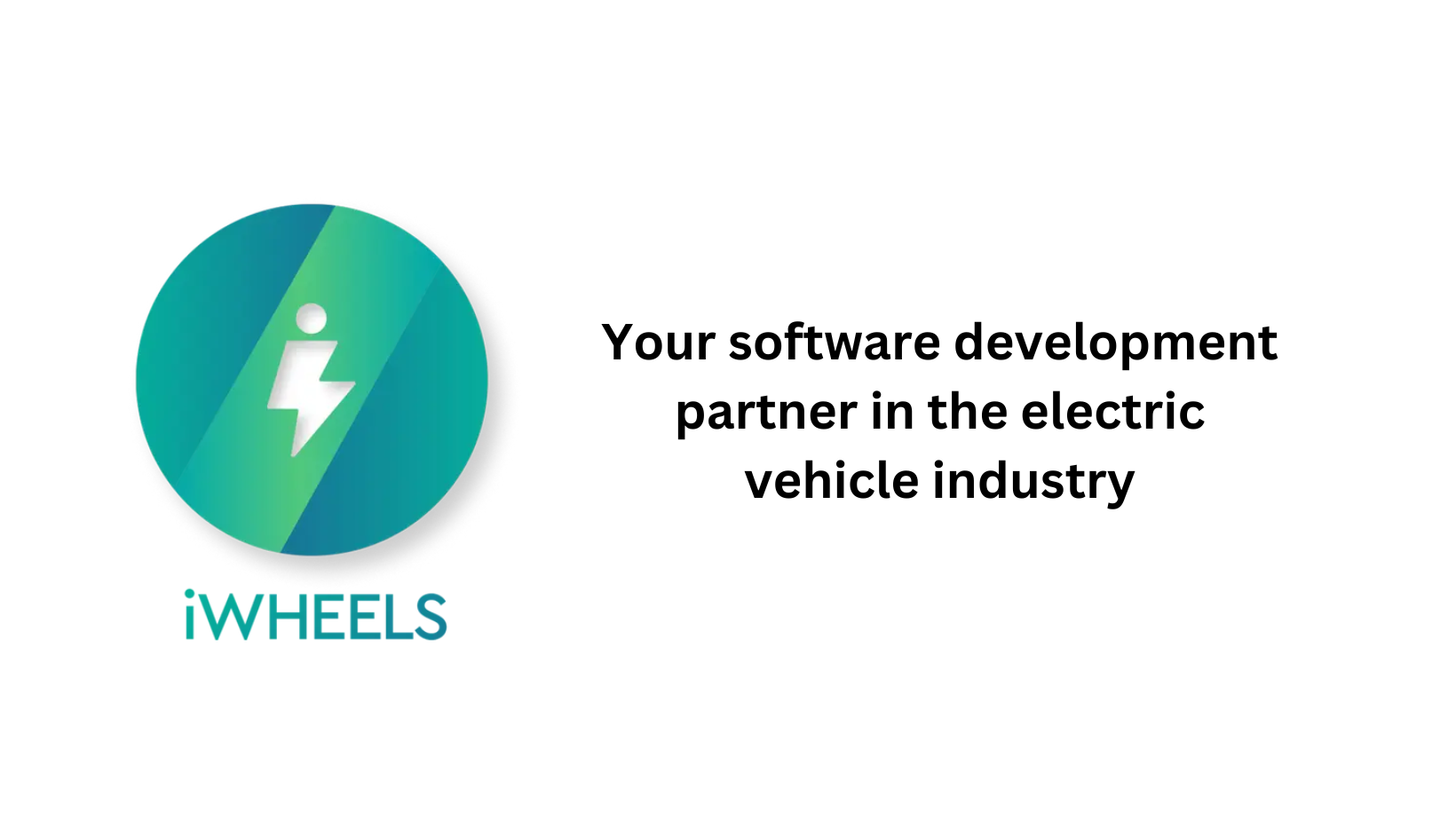
Ok. Let's get back to the article.
How does an EV Motor controller work?
A simple DC controller is connected between the batteries and the DC motor. If the driver floors the accelerator pedal, the controller delivers the full volts from the batteries to the motor. If the driver takes his/her foot off the accelerator, the controller delivers zero volts to the motor.
The controller takes power from the batteries and delivers it to the motor. The accelerator pedal hooks to a pair of potentiometers and these potentiometers provide the signal that tells the controller how much power it is supposed to deliver. The controller can deliver zero power when the car is stopped and full power when the driver floors the accelerator pedal, or any power level in between.
When you push on the gas pedal, a cable from the pedal connects to these two potentiometers: The signal from the potentiometers tells the controller how much power to deliver to the electric car's motor. There are two potentiometers for safety's sake. The controller reads both potentiometers and makes sure that their signals are equal. If they are not, then the controller does not operate. This arrangement guards against a situation where a potentiometer fails in the full-on position.
The very simplest DC controller would be a big on/off switch wired to the accelerator pedal. When you push the pedal, it would turn the switch on, and when you take your foot off the pedal, it would turn it off. As the driver, you would have to push and release the accelerator to pulse the motor on and off to maintain a given speed.
That sort of on/off approach would work but it would be a pain to drive, so the controller does the pulsing for us. The controller reads the setting of the accelerator pedal from the potentiometers and regulates the power accordingly. Let's say that you have the accelerator pushed halfway down. The controller reads that setting from the potentiometer and rapidly switches the power to the motor on and off so that it is on half the time and off half the time. If you have the accelerator pedal 25 percent of the way down, the controller pulses the power so it is on 25 percent of the time and off 75 percent of the time.
Most controllers pulse the power more than 15,000 times per second, in order to keep the pulsation outside the range of human hearing. The pulsed current causes the motor housing to vibrate at that frequency, so by pulsing at more than 15,000 cycles per second, the controller and motor are silent to human ears.
In an AC controller, the job is a little more complicated, but it is the same idea. The controller creates three pseudo-sine waves. It does this by taking the DC voltage from the batteries and pulsing it on and off. In an AC controller, there is the additional need to reverse the polarity of the voltage 60 times a second. Therefore, you actually need six sets of transistors in an AC controller, while you need only one set in a DC controller. In the AC controller, for each phase you need one set of transistors to pulse the voltage and another set to reverse the polarity. You replicate that three times for the three phases which is six total sets of transistors.
Hope this article on electric vehicle motor controller is useful to you. To read about jobs in the Electric Vehicle Industry, please visit Job opportunities in Electric Vehicle Sector and its Charging Infrastructure industry

